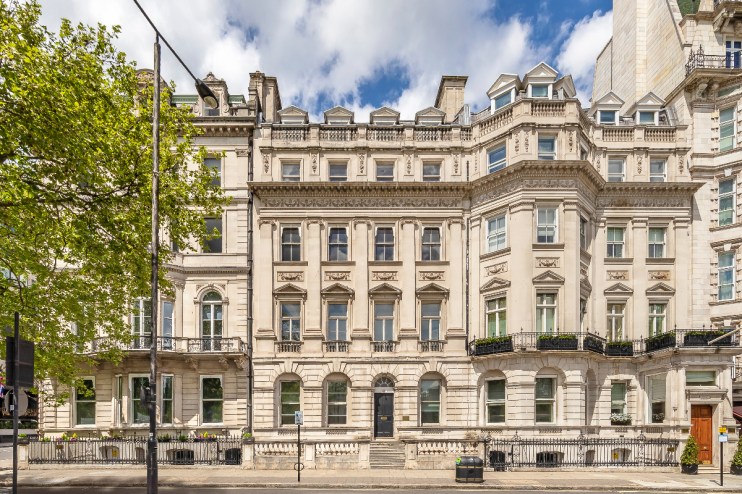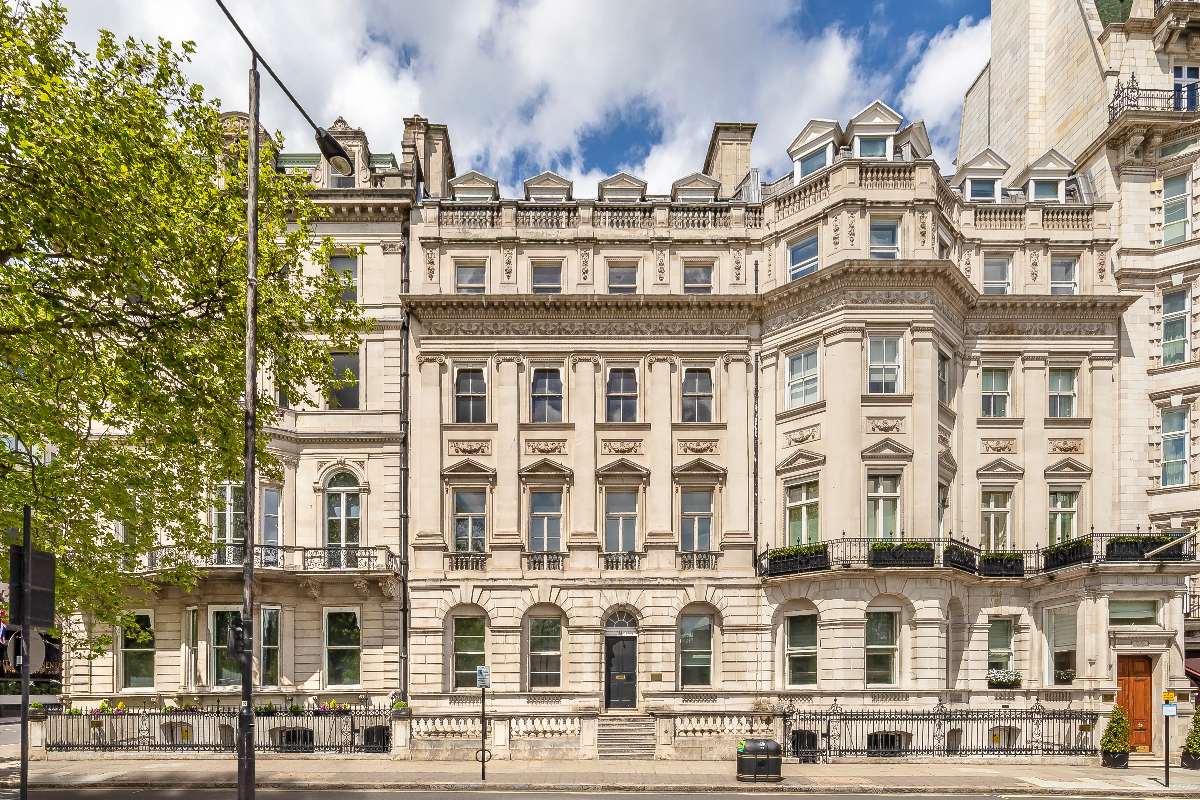Monday, August 19, 2024, 3:14 p.m.

After record growth over the past two years, prime rents around the world have fallen to long-term levels as supply constraints ease and tenants reach their price ceilings, new data shows.
According to Knight Frank, average annual rental growth in the twelve months to the end of June 2024 was 3.5 percent, up from 7.4 percent in 2023 and 12.4 percent in 2022.
The recent rise in global prime rents has been driven by the end of lockdowns, the return of workers to cities and a shortage of new housing during the pandemic due to supply and construction disruptions.
But the recent slowdown in rental growth in prime locations “suggests an end to the significant price increases we have seen in key urban markets in recent years,” says Liam Bailey, global head of research at Knight Frank.
“Even in the luxury sector, affordability constraints prevail, and in most cities, rental growth has approached long-term trend levels,” Bailey added.
Prime rents in London are just below the global average
In London, the above trends were reflected, with significant price increases in 2022 and 2023 and subsequent slower growth as price controls began to take effect.
According to Savills, rents for prime residential properties in London rose by 23.1 percent between 2021 and 2023. This is the strongest three-year increase in 25 years.
However, rents have only increased by 3.5 percent in the last twelve months – which puts them below the average for the British market as a whole and in the middle of the global top rent table.
According to the ONS, average private rents in the UK rose 8.6 percent in the 12 months to July 2024, while rents in London rose 9.7 percent to £2,114 a month.
Nevertheless, Knight Frank expects demand for prime real estate to remain strong over the medium term: “With the majority of markets still under pressure from relatively strong demand coupled with limited supply – exacerbated by Covid-era development disruptions – upward pressure on rents is likely to support above-average growth over the medium term,” Bailey added.
Affordability also reduces sales
Sentiment in the London superprime market was rather mixed last month: demand rose following the Bank of England’s decision to cut interest rates – the London exchange rate was 8.4 percent above the five-year average in June and July – but there are signs of trouble ahead.
Investment in London’s best locations is declining: despite stable demand, the value of prime stores fell from £829 million to £731 million in the first half of 2024.
This is mainly due to buyers switching to smaller units in prime properties: the average living space of super-prime properties sold so far in 2024 was 371 m² (previously 600 m²).
London’s prime property market will also be affected by government VAT on private schools and tightening regulations for non-domiciled UK residents.
Buyers could also come under even greater pressure if changes to pension tax reduction, inheritance tax or capital gains tax are made in the October budget.
However, Labour backtracked on the non-dom rules, saying that a “reasonable adjustment to existing trust arrangements” was needed, rather than a carte blanche to subject all foreign trusts to inheritance tax, regardless of when they were created.

